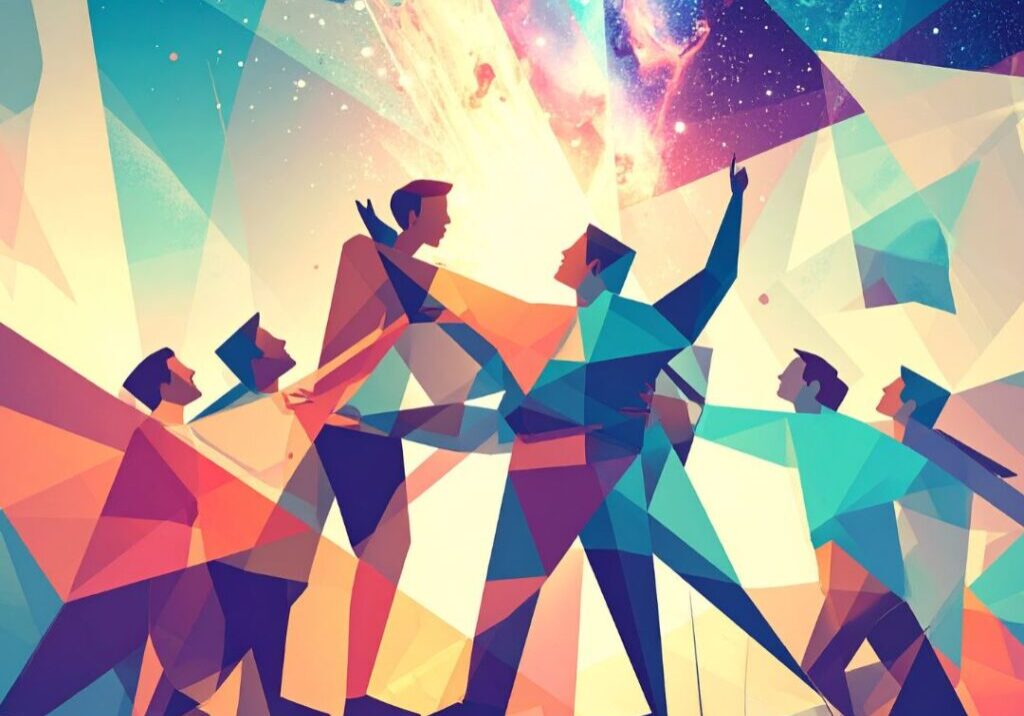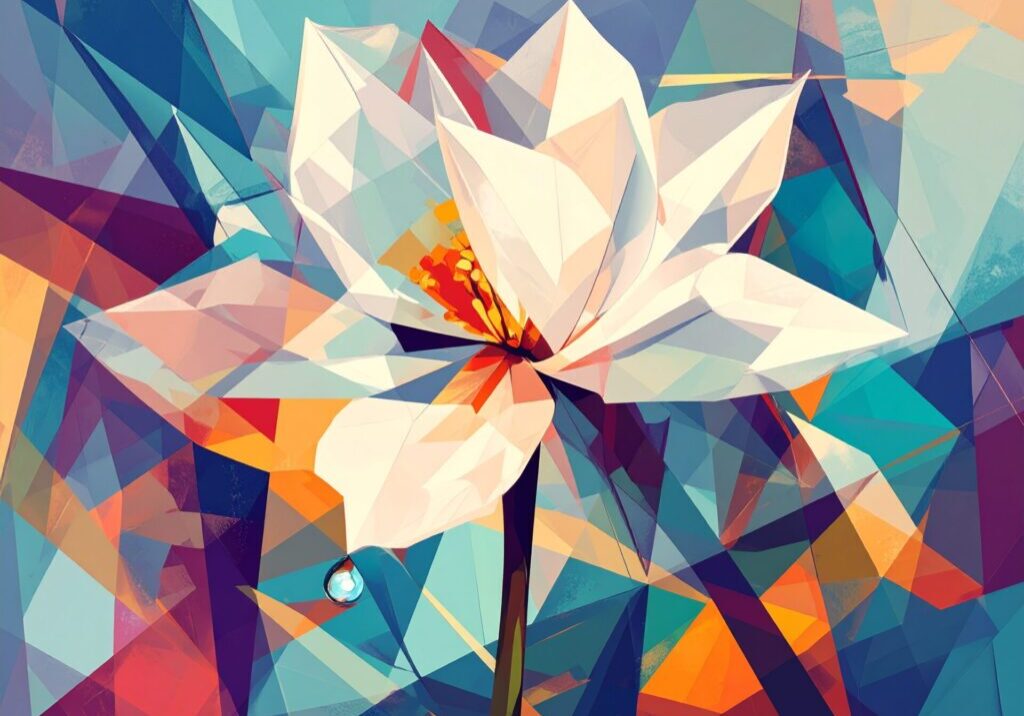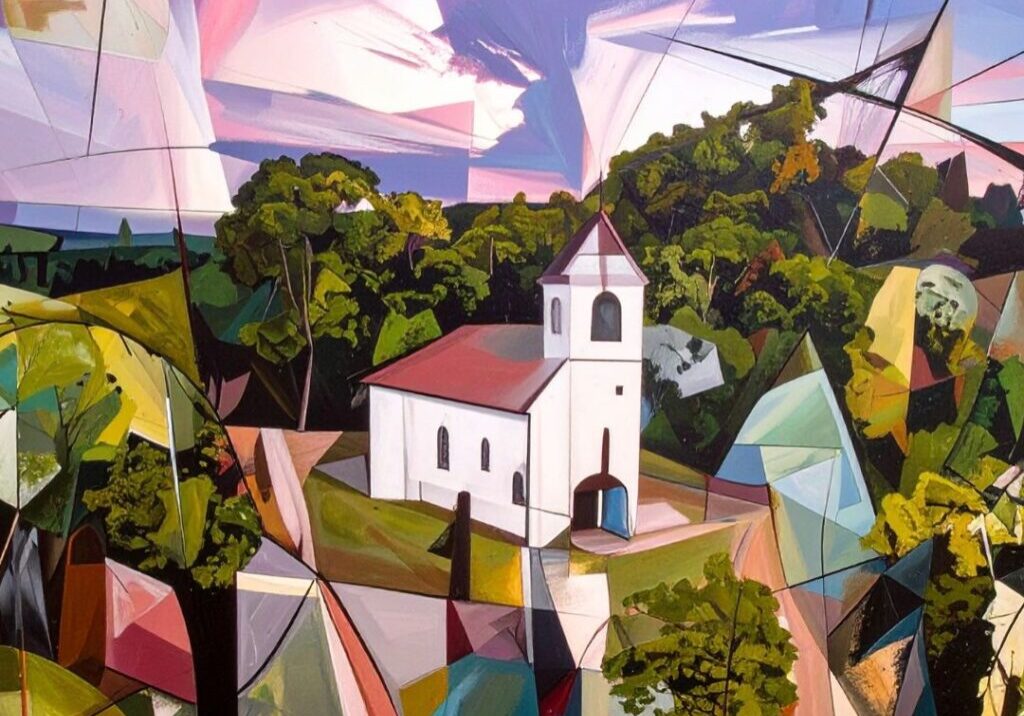Session 4: Enter Religion – Visions, Dreams, and Wounds
Greetings again, everyone.
This week we moved into–and through–the third chapter of Howard Thurman’s Search for Common Ground book. During our live seminar session we reviewed Thurman’s reflection on and interpretation of particular elements of “living structures.” We thought and talked about what it meant to be “alive,” particularly naming the places and times in our lives when we have felt the most and least alive. In the second half of our seminar, I began drawing some connections between Thurman’s insistence on “community” as the goal of life and particular “marks” of religious and mystical experience which he believed were central to the individual and social experience and cultivation of such “community.”
From my virtual vantage point as the seminar facilitator, it seemed that many of you particularly appreciated Thurman’s biological approach to community. Several of you specifically noted his treatment of the ways that various internal systems (especially within the human organism!) work together to promote wellness, stability, integration, and growth. Sitting with you as we explored his ideas here made me glad. Glad to learn from and with you. Glad that the Center for Christogenesis is promoting Howard Thurman’s unique, and undertreated, process-informed vision of science, spirituality, and social change. And especially glad that, now 40 years after his death, we are still digging into his life and thought in ways that help us realize community in 2021. The more things change, the more they stay the—. Right?
This week we turn to the “R” word: Religion. For better and worse. After naming his search, and pursuing it through an exploration of “beginnings” and “living structures,” our Chapter Four reading brings us face to face, mind to mind, soul to soul, and politics to politics with Utopia–both as an idea and experiment.
The English word “religion” can be traced back to its original rendering in Latin, religare (re / ligare). The wooden Latin meaning is to tie–or fashion–back together into a whole(ness). Re (to do again, to reset); ligare (tie or fashion together).
If all experiences and expressions of “religion” did this, I believe our current world, and our previous world “history,” would be much more conciliar, harmonious, and healthy. But such is not, nor even has been, the case. Instead, various religious organizations and systems, and specific religiously motivated–even spiritual but not religious persons and collectives–have contributed valuable, ethically rich, and life-giving fruits to existence and also contributed toxi, ethically ambiguous or evil, and death-dealing fruits to existence.
So what are we to make of the shared organizational religious landscape and the prayer and work of the solitary religious individual or small cloister of committed believers in today’s life and times?
Whether we like it or not, Howard Thurman leads us deeper into the search for community this week as we encounter the ethical ambiguities of all things “religious” head (and heart) on.
Reflection Questions
- Thurman makes a lot about the importance of “utopias” in cultural systems in this chapter. What did you think about his overall analysis here? Were there any points that you believe are particularly insightful, troublesome, or perhaps even outdated for us 21st century thinkers and feelers?
- Since 2018, there has been a drastic increase in dystopian fiction, philosophical analyses, art, music, and film. What do you think accounts for this rise? Have you realized this trend, and if so–how do you feel about it? What do you think it is “saying” about particular human cultures and the more general human predicament here in 2021? Any particular dystopian author, composer, book, show, or film that you’re a fan of?
- Traditionally conceived “religious belief” and “spiritual practice” have always needed one another in individual and communal growth and development. “Belief” can refer to a general posture of “believing (in/about)” someone or something–like G_d, Love, Hope, Justice, or Yoda, etc. “Belief” can also refer to an intellectual or doctrinal set of principles or teachings upon which one’s “belief” in the former sense is based and relies on. As such, “belief” may be considered essential to having a meaningful life as a rational, ethical human creature. Yet without practices that allow us to incarnate and give shape to the intangible energies of belief and the components/teaching of our “belief,” we might as well just be detached “cogito.” Descarte might have some days preferred this for himself. All of this in mind, I encourage you to set aside 30 minutes to an hour this week, outside of our class, to begin working on your personal “belief” manifesto. For our course, we will call this exercise your “Credo” project. Set aside this time and begin to think as generally–or specifically–as possible (it is up to you!):
-
-
- Do I consider myself a “believer?”
- If so, what is it–principal, person, or ideal-wise–that I believe in?
- What is the source and foundation of such belief?
- Are there any particular insights, values, practices, principles, or teachings that–either formally or informally-I consider to be essential to what and how I believe and my identity as a believer?
- If you end up not considering yourself as a “believer”–perhaps consider making some notes about what you find valuable, meaningful, and vital to your lived experience and existence itself.
-
Scripture
“Religion that our God accepts as pure and faultless is this: to look after orphans and widows in their distress and to keep oneself from being polluted by the world.” James 4:7.
Readings
- Chapter 4: “The Search in the Prophet’s Dream” from Thurman’s Search for Common Ground.
- Olive Schreiner’s poem-story Three Dreams In A Desert.
- Howard Thurman’s poem The Great Incarnate Words.
- Additionally, you might consider listening to a recording of one of Howard Thurman’s sermons, lectures, or talks which are available online via Boston University’s digital archives. You can access them via the image below.
 View print-friendly version
View print-friendly version
Related Posts

Mission for an Evolutionary Christianity
We are living through tumultuous times. Political polarization intensifies, violence against vulnerable populations escalates, and the foundational principles of human dignity face erosion. For many, the cognitive dissonance between professed…


